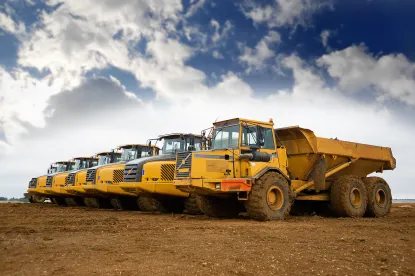On Friday, March 27, 2020, Governor Andrew Cuomo declared that all nonessential construction would be shut down in New York state during the ongoing coronavirus pandemic. The announcement, which represents a significant shift in policy from his original position that all construction was deemed essential, left owners, contractors, builders and developers bewildered as to how to navigate and implement this closure in a safe and expedient manner.
On the same day, the New York State Department of Economic Development (d/b/a/ Empire State Development) also issued guidelines ordering construction sites to wind down by April 3 and that the shutdown would last through April 21. Only essential construction projects, defined by the agency as "a project necessary to protect health and safety of the occupants, or to continue a project if it would be unsafe to allow it to remain undone until it is safe to shut the site," are permitted to continue. Enforcement was immediately set in place with imposed fines of up to $10,000 per offense.
The magnitude of such an Executive Order is realized when considering the massive number of projects that must be in compliance. In New York City alone, there are 6,698 active permits filed as of March 30, 2020, and 182,694,393 total square feet of construction ongoing across all boroughs. Clearly, there is merit to the claim that NYC has been experiencing one of the most robust construction industry booms in decades.
Compliance & Liability
With the Order to place an immediate halt on most industry operations, construction companies and developers are seeking legal guidance and counseling on how to address the multifaceted issues that inevitably become intertwined when implementing a shutdown process in compliance. The issues can range from employment liability concerns to public safety concerns related to properly securing a worksite, to include the massive cranes that are visible across the NYC skyline.
As with any temporary shutdown of a worksite, consideration must be given to methods of properly and safely starting up the project upon return of the workforce. As such, protection of the worksite perimeter also must be a primary focus of any worksite closure to prevent further financial hardship and avoid any additional delays in future production schedules. Preventive measures can be as inexpensive as the installation of appropriate signage to alert passersby to potential risks or dangers.
Other measures to consider upon shutdown include:
-
Install emergency lighting and clearly marked exit signs.
-
Ensure trenches and excavation sites are sufficiently secure to protect against sidewall collapses.
-
Ensure there is no risk in exposing materials and finishes to the weather and wind conditions.
-
Place tarps or other necessary protective covers over weather-sensitive fixtures and finishes.
-
Ensure that no exposed utility or other electrical wires are left “live” on the jobsite.
-
Use storage chests, field stations, rolling work benches and hand tool boxes to protect tools and equipment from weather exposure and theft.
-
Place jobsite plans, blueprints and any sensitive employee information in a padlocked or otherwise secure file cabinet if left on the site.
As the spread of COVID-19 continues to impact every aspect of society, the construction industry finds itself in unchartered territory as it begins to embark on a mandatory statewide government shutdown, the effects of which have yet to be fully realized.




 />i
/>i

